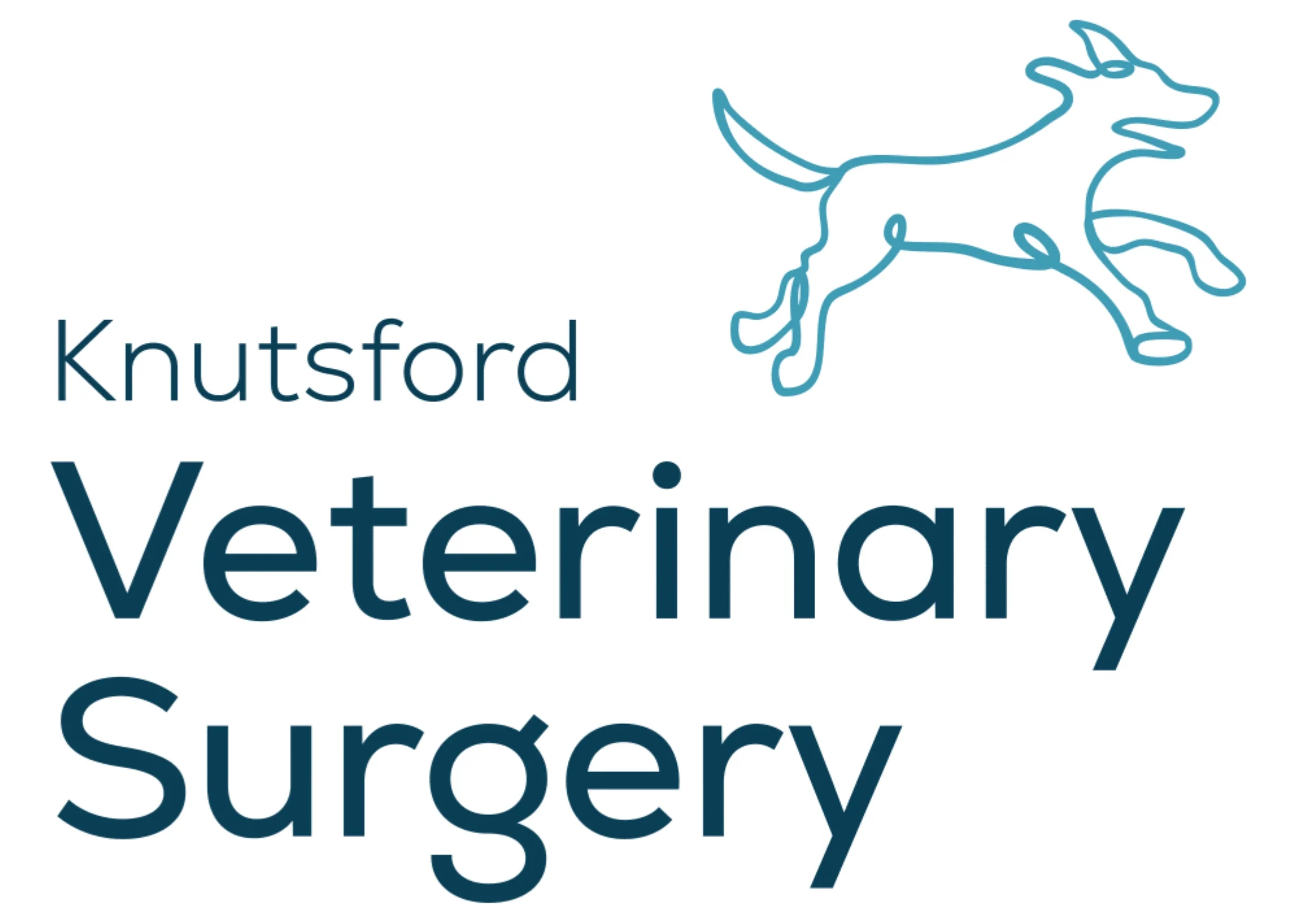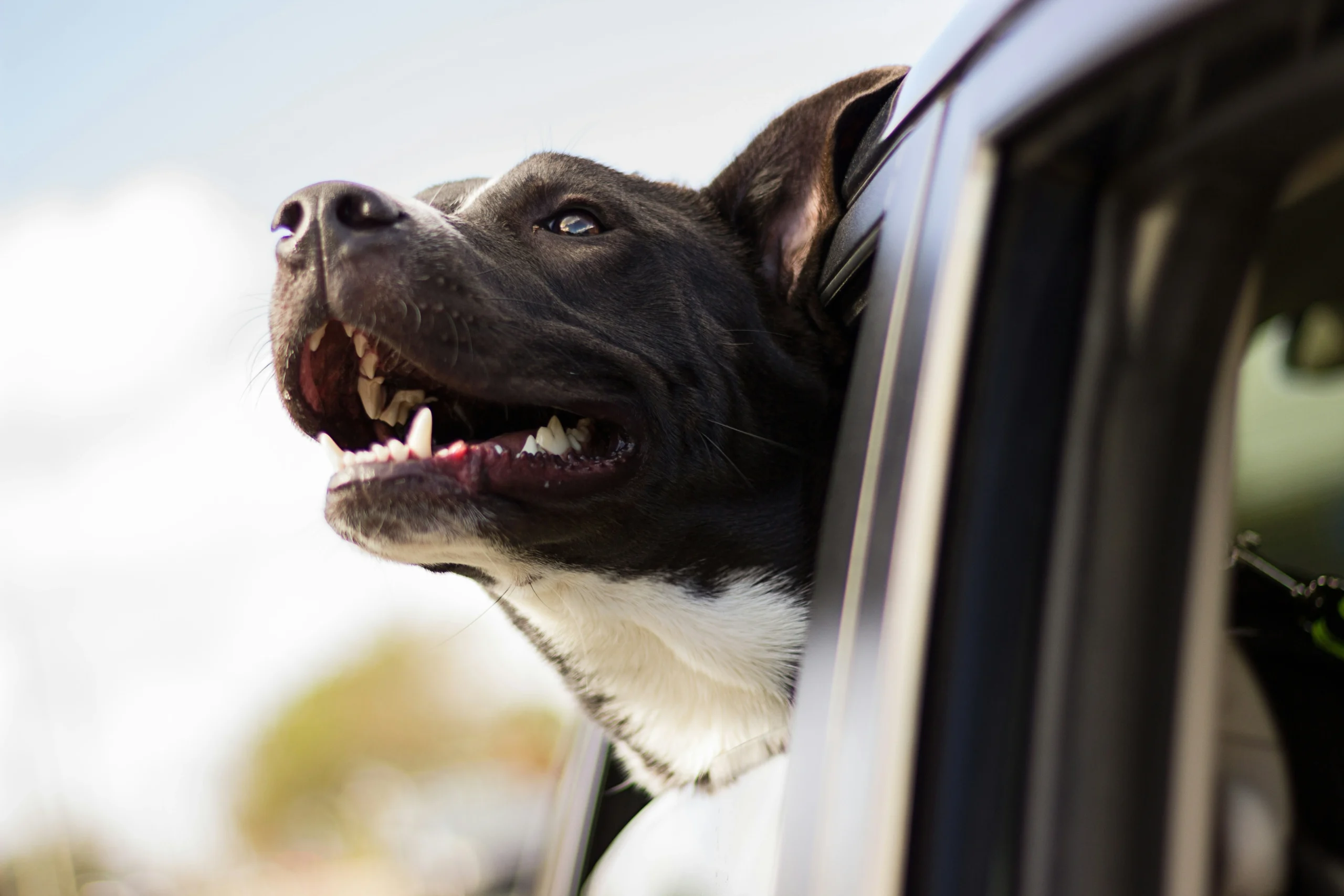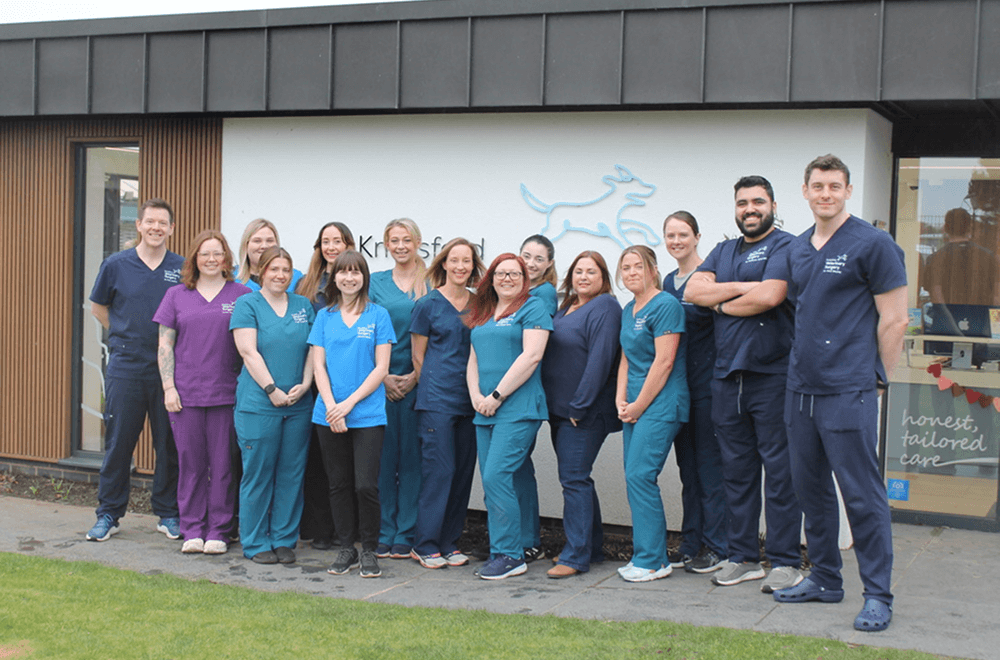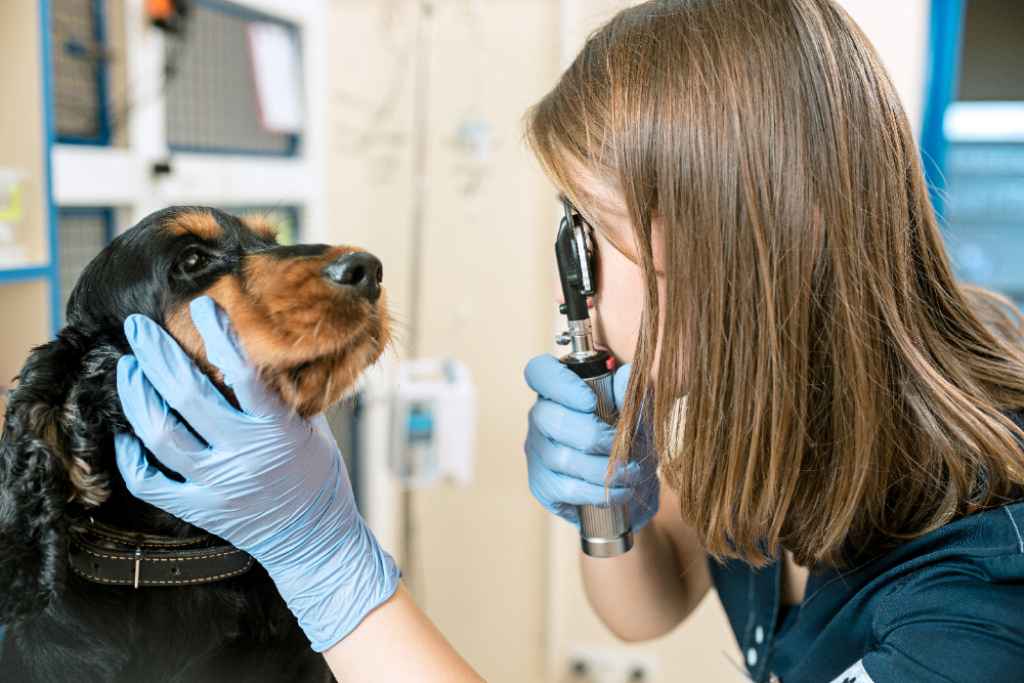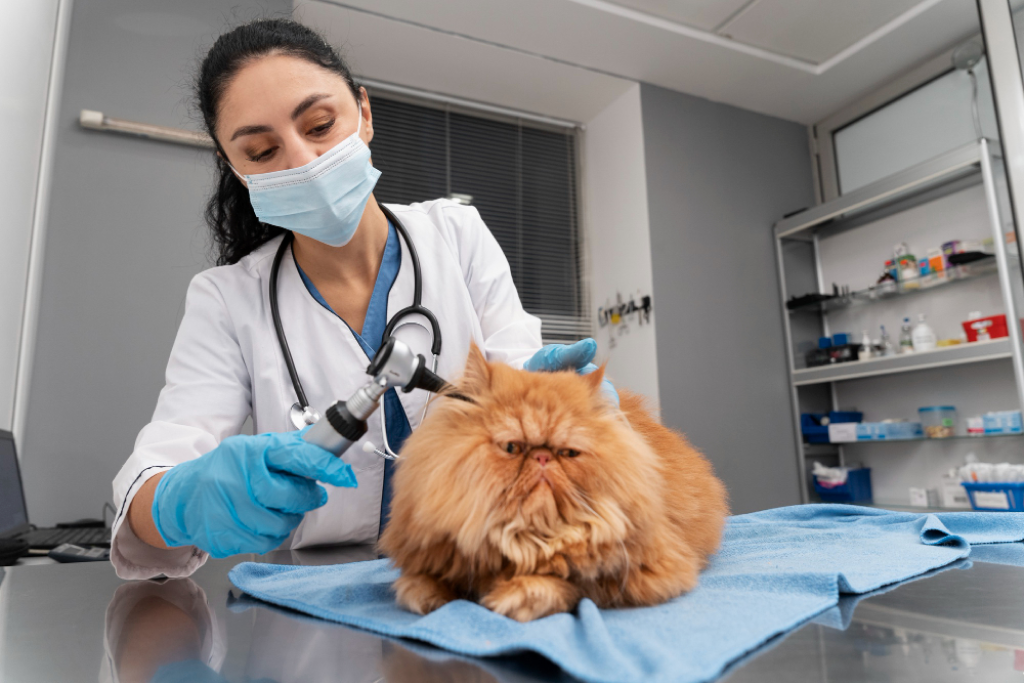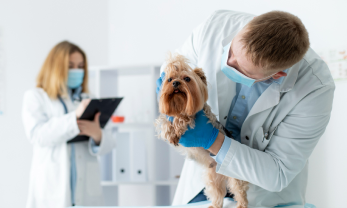Dogs’ eyes connect them to the world. They help them bond with other dogs and humans, and ensure they have the confidence to navigate their environment. From time to time, they might experience issues and ailments that can impact their eye health. One such issue is keratoconjunctivitis sicca, also known as dry eye. In this blog we take you through everything you need to know about the condition, including how it affects your pet and how it can be managed.
What is Dry Eye?
Dry eye, or keratoconjunctivitis sicca, is a painful condition where dogs are unable to produce enough tears. To help understand the condition, it’s important to know why our dog’s tears are so important.
Tears are important as they:
- Provide lubrication to the eyelids when they close
- Provide nutrition to the cornea and conjunctiva
- Help protect the eye against infection
Flush away debris from the surface of the eye - Stop the eye drying out
However, if your dog doesn’t produce enough tears, problems can occur, including:
- Itchy and inflamed eyes
- A thick, mucoid discharge. This may be yellow/green in colour
- Regular infections (bacterial conjunctivitis)
- Corneal ulcers due to a reduction in healing ability
The outlook for a dog with dry eye can be good if the condition is spotted early and treatment is continued for life.
What Causes Dry Eye?
The cause of dry eye in dogs is usually their immune system attacking the glands that produce tears. However, other causes include chronic infection, previous surgery (eg cherry eye surgery), trauma, or previous medication (eg trimethoprim-sulphonamide). We occasionally see problems associated with the nerves that stimulate tear production, and congenital issues where dogs are born without the necessary tear glands.
Is My Dog at Risk?
All dogs can develop dry eye, but there are a number of breeds that are at an increased risk. Breeds that are more likely to develop the condition include:
- Poodle and Poodle cross
- American Cocker Spaniel
- Bloodhound
- Boston Terrier
- Cavalier King Charles Spaniel
- English Bulldog
- English Springer Spaniel
- Lhasa Apso
- Miniature Schnauzer
- Pekingese
- Pug
- Samoyed
- Shih Tzu
- West Highland White Terrier
- Yorkshire Terrier
How is Dry Eye Diagnosed?
If you think that your dog’s eye health is not as healthy as it should be, a thorough clinical examination by an ophthalmologist will help to diagnose the problem. However signs of dry eye in dogs include the cornea appearing duller than usual, and recurring bouts of conjunctivitis.
Definitive diagnosis is gained through a test called the schirmer tear test. This uses a special strip of blotting paper which measures tear production over one minute. If tear production is less than 10mm of wetting in 1 minute, we can diagnose dry eye. Dogs with tear production between 10mm and 15mm are classed as borderline cases and should be carefully monitored with repeat testing.
Some pets have no tear production at all. This, unfortunately, carries a worse prognosis.
How is Dry Eye Treated?
For the majority of dry eye cases in dogs, the condition can be managed with a range of medication. Treatments include:
Tear Replacement Therapy
This will be in the form of eye drops to help with lubrication and to stop the eye from drying out. Unfortunately owners can rarely apply them frequently enough, and even if they do, false tears are never as good as the real thing.
Blocking the Immune Destruction of the Tear Gland
This is done to try to preserve the function of the remaining gland, and is incredibly important and usually involves twice daily ointment or drops.
Stimulating Tear Production
Certain medications are prescribed to stimulate the remaining glandular tissue to produce more tears.
Reducing Secondary Problems
Your vet will aim to reduce secondary eye concerns such as corneal pigmentation or infection with additional eye drops where needed
The mainstay of treatment is with cyclosporin (0.2%) available in a licensed preparation called Optimmune. If after 6 weeks, the response to treatment is not sufficient, we may use a drug called Tacrolimus. Lubricants such as hyaluronic acid and carbomer gels are also very helpful in treating dry eye.
What Happens if Dry Eye is Not Treated?
If dry eye is not diagnosed soon enough, it can have a severe impact on your dog’s quality of life. They will develop regular and recurring infections in the eye that don’t respond to treatment effectively, and the normally clear cornea can become cloudy and leathery in appearance with blood vessels growing within it. Sometimes this can cause pigment to be deposited in the cornea, eventually leading to your dog’s vision becoming compromised. In more severe cases, deep corneal ulcers may also develop, leading to the eye bursting and therefore needing to be removed.
What Happens if Medical Treatment Fails?
If managing dry eye with medication fails, we can consider surgery for some patients.
The most common surgery for dry eye ‘hijacks’ a salivary gland and re-routes it into the eye. This is called a parotid duct transposition. The saliva produced by this gland then hydrates the eye, keeping it comfortable and reducing the chance of life-threatening complications.
This is not a perfect cure, and will often require supportive treatment to prevent the area around the eye from getting too moist or infected.
Can Dry Eye be Cured?
Unfortunately, a complete cure for dry eye is rarely achieved. Most patients require life long treatment including lubrication and either Optimmune or Tacrolimus. Response to treatment may reduce over time. Long-term, dedicated owner management and veterinary support are therefore required.
This is not a perfect cure, and will often require supportive treatment to prevent the area around the eye from getting too moist or infected.
Knutsford Vets Surgery
By choosing Knutsford Vets Surgery, your pet will be in the safe hands of experienced Ophthalmologist, Dr Paul Adams. Dr Adams has years of experience treating a wide range of eye conditions, and is the perfect partner to look after your pet’s ocular health.
We welcome new patients, second opinions and referrals.
Our friendly team is on hand if you have any questions. Contact us on 01565 337999.
Knutsford Vets’ Dr Paul Adams has additional training in Veterinary Ophthalmology enabling him to diagnose and treat a wide range of pet eye conditions.
Find out more about our Ophthalmology Referrals and Second Opinion service on our Veterinary Ophthalmology page.
